In the world of deep tech and connectivity, Rajeev Shah stands out as a founder who has not only built a company but also laid the groundwork for the future of work. His journey is a powerful lesson in vision, timing, and conviction, leading up to the founding of Celona.
In this riveting interview, Rajeev traces his path from humble beginnings in India to leading one of Silicon Valley’s most strategic wireless infrastructure plays. He talks about building a unique DNA for his company and raising over $135M, leveraging the advantage of a competitive differentiator.
Rajeev redefined how enterprises leverage private 5G networks, a category once dominated by telecom giants and long considered out of reach for most businesses.
Listen to the full podcast episode and review the transcript here.
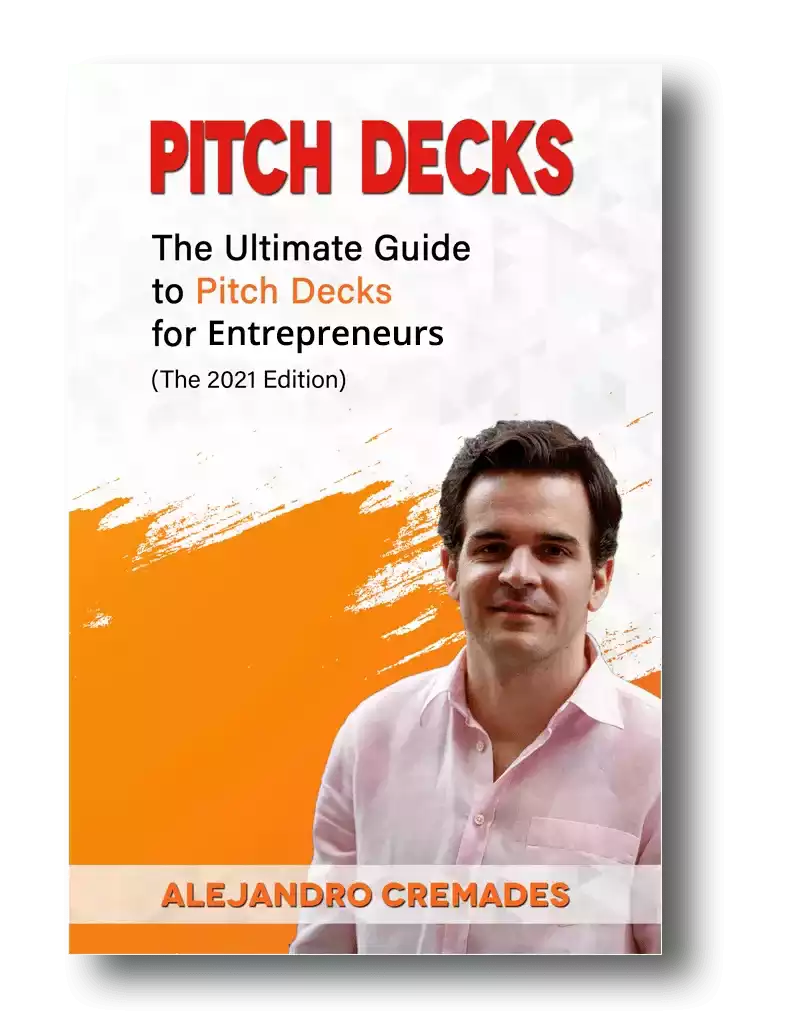
*FREE DOWNLOAD*
The Ultimate Guide To Pitch Decks
From 90s India to Silicon Valley’s Frontlines
Rajeev was born and raised in India during the 1980s and 1990s, in an era when personal computing was just emerging. Watching the early waves of technology arrive, he recalls the awe he felt upon seeing a PC for the first time, “It was like seeing the future for the first time.”
This early exposure planted the seeds for a future in tech. Naturally, Rajeev pursued a career in computer science and made the leap to the US for his master’s degree. This move was driven by the pull of innovation in Silicon Valley during the dot-com boom.
Like many engineers from India, Rajeev knew that future careers would be shaped here, and he wanted to be at the forefront of the action.
Baptism by Fire: Experiencing the Dot-Com Bust
Fresh out of grad school, Rajeev joined a telecommunications startup when the telecom boom was at its highest. Students were getting recruited and offered great packages. The atmosphere was similar to present-day AI companies and the war for talent, but in the telecom sector.
At the time, networking engineers were highly valued, and they could choose between joining startups or giants like Cisco and Juniper. By the end of December 1999, most had jobs in hand, having completed their education, and were heading home to take a two or three-week break.
And then, the market crashed. Overnight, the opportunities dried up, and layoffs began. Rajeev recalls, “You’re a fresh grad, and suddenly, you’re calling your employer just to check if your job still exists.”
Though his first employer shut down within a year, the experience left Rajeev with a lasting understanding of market cycles and resilience. It also prepared him for what was to come: a career-defining role at Aruba Networks.
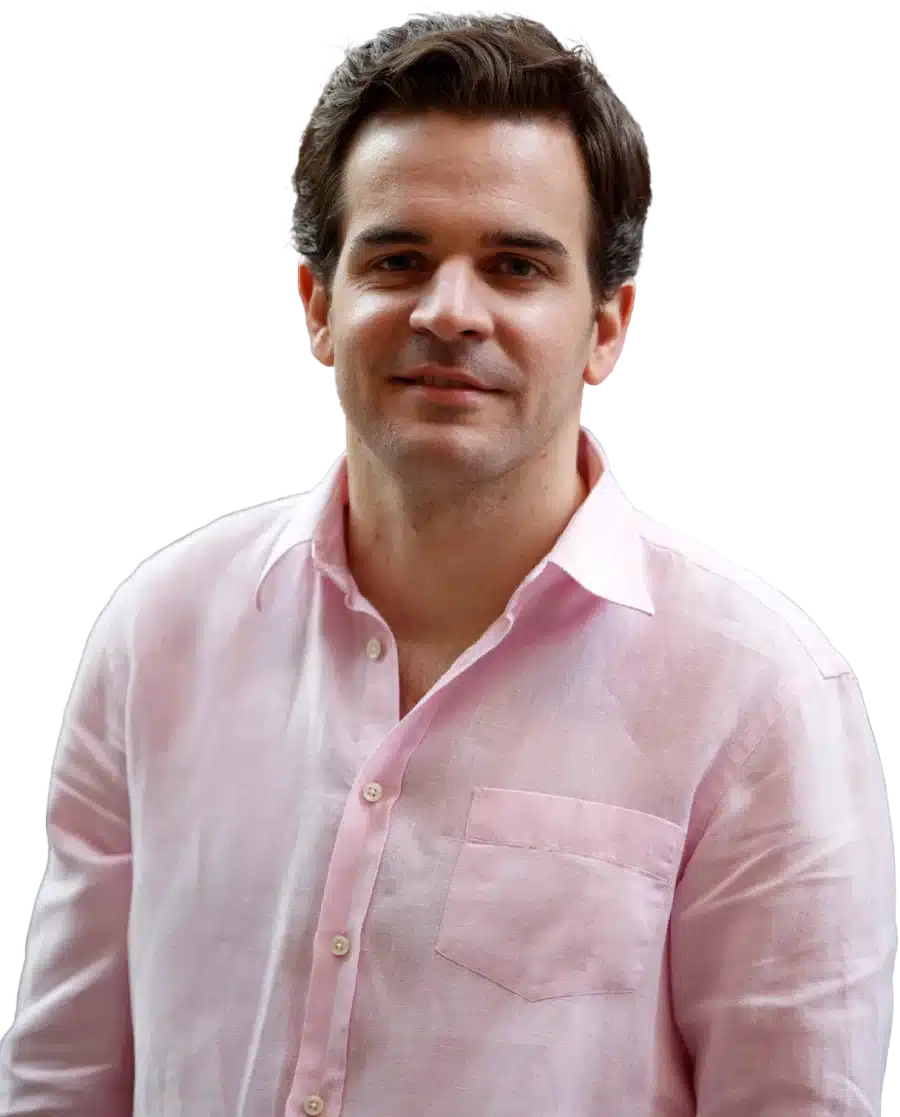
Raise Capital Smarter, Not Harder
- AI Investor Matching: Get instantly connected with the right investors
- Pitch & Financial Model Tools: Sharpen your story with battle-tested frameworks
- Proven Results: Founders are closing 3× faster using StartupFundraising.com
Betting on Wi-Fi Before the World Believed
Joining Aruba as one of its first 15 employees in 2002, Rajeev stepped into a bold vision, a wireless world. At the time, most people didn’t even use laptops, tablets, or iPhones, and Wi-Fi was still considered a relatively new and emerging technology.
Offices had desks, huge personal computers, and monitors, and team members worked on them. “A banker literally walked me out of a meeting to show me his office and said, ‘Nobody here uses a laptop; why would we need wireless?’” Rajeev recalls.
It was 2003, and the banker was just not interested in encouraging his team to bring their laptops home. The risk of data leaks and theft was too high. However, Aruba’s founders held fast to their conviction, betting on the future when the whole world would go wireless.
Rajeev credits the founders, Keerti Melkote and Pankaj Manglik, as well as the management team, for their leap of faith. At that time, it was impossible to know when Apple would release a product like the iPad or MacBook Air.
The company went public in 2007 and was eventually acquired by HP in 2016. For Rajeev, it was an MBA in belief, execution, and the patience to see trends unfold. He witnessed the journey from its earliest days, going public, dealing with Wall Street scrutiny as a team, and the acquisition.
Rajeev considers himself to be fortunate that Aruba’s management team and leadership recognized that some of their team members thrived in its small, growing environment. He was building new product lines and business units that quickly scaled 100x after the acquisition.
A New Wireless Frontier: Private 5G
After Aruba, Rajeev joined Federated Wireless with 15 years of enterprise-level wireless experience under his belt. Here, he became fascinated by spectrum access, the invisible real estate that powers wireless communication. He saw a massive opportunity.
Rajeev asked questions like, “Why do enterprises rely only on Wi-Fi? Why can’t they access 4G or 5G like consumers do?” He was keenly interested in the idea that while WiFi had a spectrum that enterprises could continue using indefinitely, cellular had never been as accessible.
The team and CEO at Federated developed an innovative and interesting model backed by the US government and the Federal Communications Commission (FCC). Rajeev credits the organizations for their forward-thinking vision in creating a never-before-seen spectrum model.
The experience of leading products and marketing at Federated laid the foundation for Celona, which Rajiv co-founded in 2019. His objective was to bring private cellular networks to the enterprise market, especially in industrial environments where Wi-Fi often fails.
The Spark in Barcelona: Celona’s Origin Story
Rajeev discusses how he identified a market gap. By August 2019, large industrial customers started to demand cellular radio technology to enable workflows in their big manufacturing plants, refineries, and warehouses.
The only available solutions were large telecom companies like Nokia and Ericsson; however, there was no enterprise-focused company catering to their specific needs. Rajeev realized that he had a team that was uniquely positioned to deliver, thanks to their insights and capabilities.
The founding moment for Celona wasn’t in a boardroom, but at Mobile World Congress in Barcelona. Rajeev and his now-CTO and co-founder, Mehmet (then at Qualcomm), shared their idea with a large logistics enterprise company.
The company’s response was so enthusiastic that they brought 20 colleagues into the conversation. They were eager to adopt this technology. That’s when Rajeev and Mehmet realized they had a massive opportunity waiting to be tapped.
“That’s when we knew that this is real. The market is ready. We’re onto something.” Inspired by that moment, Rajeev named the company Celona, as a tribute to Barcelona, where the concept found its first believers.
The Celona Business Model: Simplicity with Control
Celona offers a hardware-software subscription for enterprises deploying private 5G networks. Customers pay per radio across multi-year contracts, with complete control over security, privacy, and data ownership, the key concerns for industrial players.
Celona also ensures complete integration with customers’ operations. Rajeev cites an example of a logistics company having 100 warehouses that need 5G coverage. At Celona, the company is asked how many radios it needs to cover, along with the time frame, such as three or five years.
Celona charges a fee per radio multiplied by the number of years for which the customer needs the service.
Not Just Capital—Strategic Capital
Celona’s fundraising journey is anything but typical. Rajeev reached out to a mentor-advisor on the investment side, whom he had assumed had retired. Rajeev approached him without a pitch deck or PowerPoint slides, but only an idea.
Soon, they were whiteboarding the concept during a 45-minute meeting. Ultimately, the mentor was so impressed that he offered Rajeev a term sheet.
Rajeev’s takeaway? “Always look for the right customer and investor validation. These are the people whose faith you need to build something meaningful.” This was the second conversation that convinced Rajeev of the viability of his ideas.
In 2019, SaaS was all the rage, and deep-tech, hardware-based companies weren’t on most VCs’ radars. Rajeev used that to his advantage. He recalls, “We didn’t want to just raise money; we wanted to block out competition.”
Rajeev targeted a short list of top-tier VCs who understood the complexity and opportunity of the space. Instead of optimizing for minimal dilution, Celona raised a larger initial round to bring on the best strategic investors and board members.
Rajeev knew that when their idea started to gain traction, 18 to 24 months down the line, finding investors would become increasingly challenging. So, he leveraged the competitive differentiator to extend their lead over anyone else coming close.
This strategy paid off. With participation from NTT and other major corporate players, Celona unlocked a go-to-market scale that most early-stage startups only dream of. The company raised $135M, a rare phenomenon in Silicon Valley.
When raising the VC-led Series B and C, Rajeev and his co-founder doubled down on strategic funding. Celona has scaled rapidly by securing global partnerships and gaining access to Fortune 100 companies.
Storytelling is everything that Rajeev Shah was able to master. The key is capturing the essence of what you are doing in 15 to 20 slides. For a winning deck, take a look at the pitch deck template created by Peter Thiel, Silicon Valley legend (see it here), where the most critical slides are highlighted.
Remember to unlock the pitch deck template that founders worldwide are using to raise millions below.
The Vision: Building Roads for AI and Robotics
Celona’s mission isn’t just about connectivity; it’s about enabling the next generation of work. In refineries, warehouses, and factories where analog processes and dangerous tasks are still common, Celona’s networks are laying the foundation for automation, AI, and safety.
“We’re building the roads. Others will build the AI cars, the robots, but they all need a network. That’s our job.” Rajeev says.
He shares stories of workers now equipped with AI-powered tools, Bluetooth sensors, and connected safety gear, are doing tasks that once required long hours, traveling across dangerous sites, and endless manual labor and data entry.
Rajeev envisions a world where humans and machines coexist productively, improving the safety and security for human beings and not putting them in harm’s way. Human work experience is dramatically better thanks to the new intelligence layer that Celona provides.
They transition from mundane tasks in harsh conditions to creative work on digital machines with delightful experiences. AI agents assist with data entry and analysis, saving time. They also eliminate the risks of exposure to hazardous conditions and the need to wear sensors.
Rajeev cites the example of a very large petrochemical refinery customer that uses Celona products in their refineries. Before the adoption, he noted that team members worked in facilities at 105 degrees and 95% humidity in Houston in summer, wearing safe suits.
The manual maintenance processes were gruelling, not to mention frequent trips between the facilities and the central office to update records. Selona provided the perfect solutions.
Advice to Founders: Be Patient and Pick the Right People
Looking back, Rajeev would tell his younger self two things:
- Be patient. Things take longer than you expect, but the wait is often worth it. Don’t lose the sense of urgency and desperation when starting a company, but temper it with awareness and patience.
- Surround yourself with the right people. Strategy and capital matter, but execution is all about team quality. “In the end, it’s the people. Not just your co-founders or execs, but your board, your investors, everyone.” Rajeev says.
Final Thoughts
Celona’s story is one of visionary conviction, technical excellence, and strategic execution. In a world chasing trends, Rajeev Shah is quietly building the roads that will support the future, one enterprise network at a time.
Listen to the full podcast episode to know more, including:
- Rajeev Shah built Celona to bring private 5G networks to enterprises, addressing gaps Wi-Fi couldn’t solve.
- His early career at Aruba taught him the value of conviction when betting on future technologies like wireless.
- Celona was inspired and named after a pivotal conversation at Mobile World Congress in Barcelona.
- The company raised $135M by targeting top-tier VCs and using fundraising strategically to block out competition.
- Celona’s subscription-based model gives enterprises full control over secure, private networks.
- Real-world use cases, like safer operations in petrochemical plants, highlight Celona’s tangible impact.
- Rajeev’s top advice for founders: be patient and surround yourself with the right people at every stage.
SUBSCRIBE ON:
Keep in mind that storytelling is everything in fundraising. In this regard, for a winning pitch deck to help you, take a look at the template created by Peter Thiel, the Silicon Valley legend (see it here), which I recently covered. Thiel was the first angel investor in Facebook with a $500K check that turned into more than $1 billion in cash.

*FREE DOWNLOAD*
The Ultimate Guide To Pitch Decks
Remember to unlock for free the pitch deck template that founders worldwide are using to raise millions below.
Podcast: Play in new window | Download
Subscribe: Apple Podcasts | Spotify | TuneIn | RSS | More

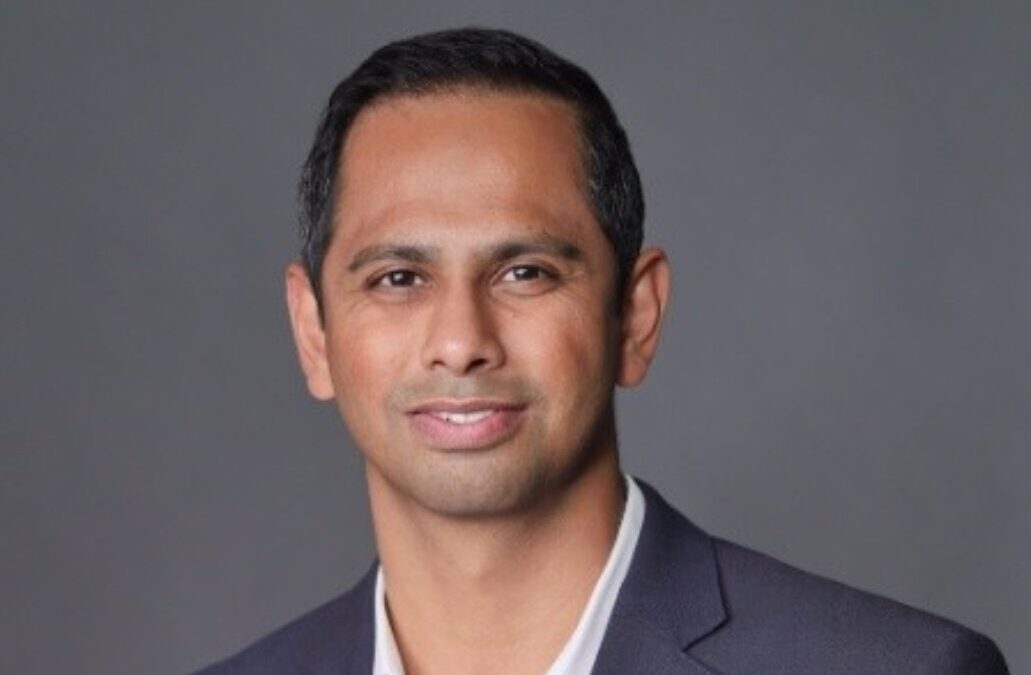
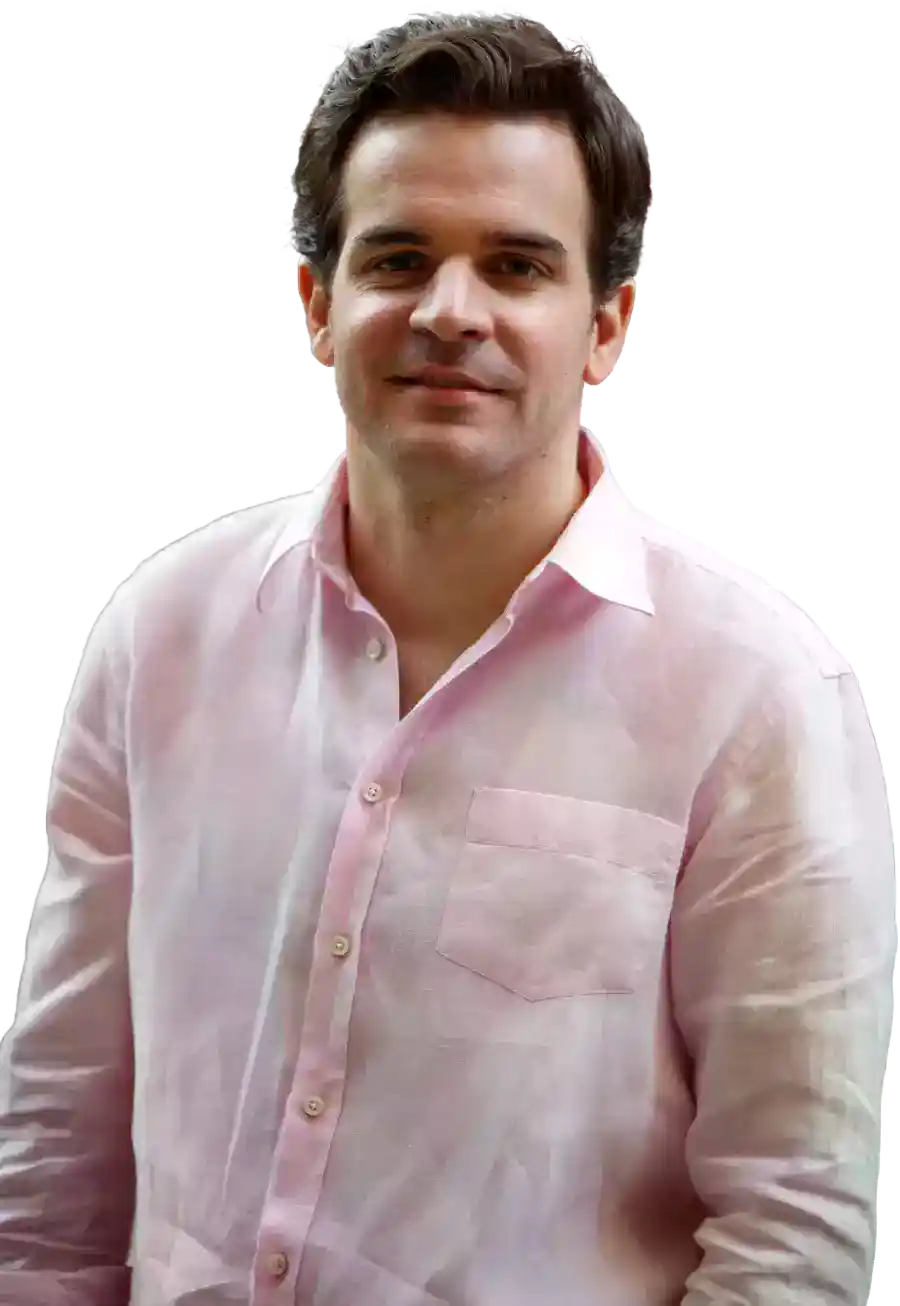

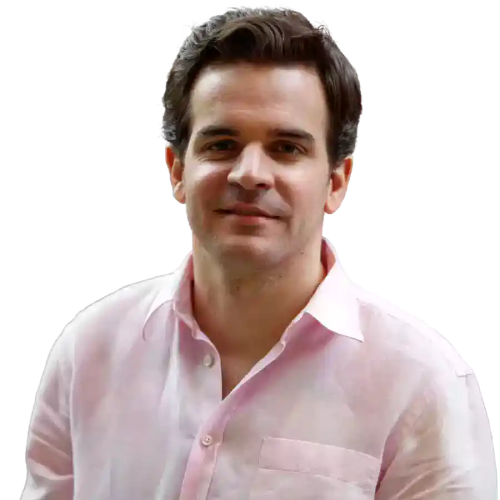
Facebook Comments